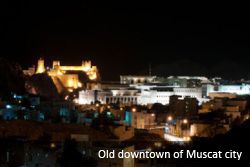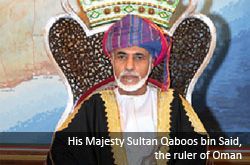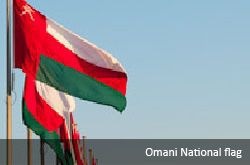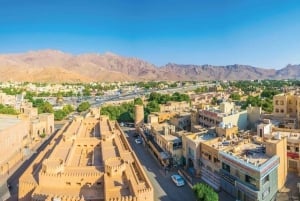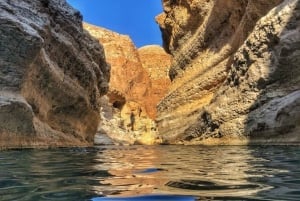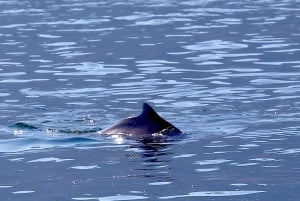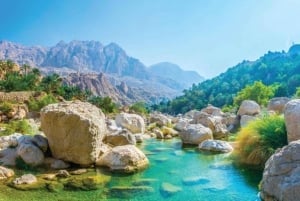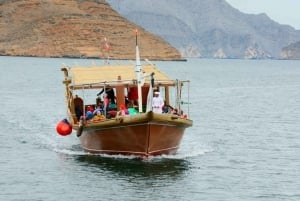Omani History and Culture
Historical experts estimate that civilisation in Oman existed around 5000 years ago. Archaeological evidence supports this with excavations near Sohar revealing evidence of copper mining and in Dohar, proof of early trading in Frankincense and Arabian horses. It is also evident that fishing and farming settlements existed in early times.
Maritime trade flourished in the first to third centuries, with Sohar becoming the wealthiest port in the Islamic world.
The lucrative trade in frankincense and Arabian horses made the south of the country one of the most prosperous regions in the world. Dhows sent the goods to the Far East, Africa and India, taking the Arab culture, language and the message of Islam with it.
The first people to migrate to Oman came from Yemen and later from northern Arabia, during which time much of Oman was occupied by the Persians.
Islam was adopted by the Omanis around 630AD and for the first time was ruled by an Imam, an elected religious leader who was imperative in defeating the Persians
Early in the 16th Century, the Portuguese invaded Muscat, planning to monopolise the trade which had been previously dominated by Arabs. The Portuguese occupied Muscat for a century and a half before they were driven out by Sultan bin Saif Al Yarubi in 1650. Oman then became the oldest independent state in Arabia.
The Ya’aruba Dynasty spanned from 1624 to 1744 and during this time Oman prospered and flourished. Much of its great forts and castles were constructed in this time before Persian forces invaded the coastal areas again, ending the construction.
After 1744 Imam Ahmed bin Said was elected by the Omani tribes as ruler. Ahmed drove out the Persians and took control again of Oman’s wealth and economy.
Sultan Qaboos Bin Said, the present ruler of Oman, overthrew his father, who then ruled Oman, on 23rd July 1970. This day is now celebrated as Renaissance Day. He was born on 18th November 1940 in Salalah and is the only son of the late Sultan Said bin Taimur. His position is eighth in the direct line of the Al Busaidi Dynasty.
From the age of 16 Sultan Qaboos was educated in England and entered the Royal Military Academy at Sandhurst in 1960, as an officer cadet. He attended military service in Germany and went on to study local government administration in England. He proceeded to venture on a tour of the world, studying Omani History and Islam.
His Majesty composed The Council of Ministers, consisting of 26 directly appointed members, which functions as a cabinet. Two further councils – the Majlis Al Shura (Consultative Council) and the Majlis Al Dowla (state Council) form Oman’s bicameral representative body. Women were first elected into seats in 2002.
In 1996 the first written constitution, The Basic Statutes of the State, was presented to the Omani People by Sultan Qaboos. This constitution guarantees various rights within the scope of Quranic and customary law, which aside from setting in place measures to address areas of conflict-of-interest; it provides rules for Sultan Qaboos’ succession.
Sultan Qaboos bin Said’s reign has brought much prosperity and hope to the people of Oman and reformed all areas of social and economic progress.
The national flag of Oman was officially adopted on 25th April 1995 and consists of three stripes; white, red and green, with a side bar containing the national emblem of Oman – The Khunjar. White represents peace, green is symbolic of fertility and the Green Mountains, while red represents on the other hand, stands for the necessity to protect the sovereignty and defend it against the aggressors


